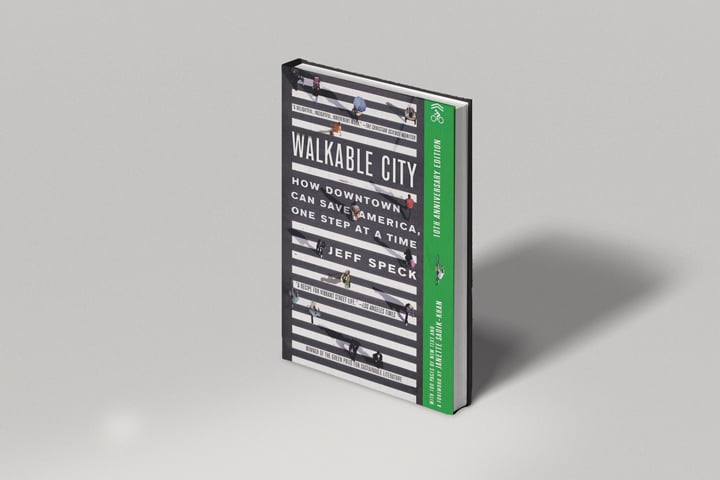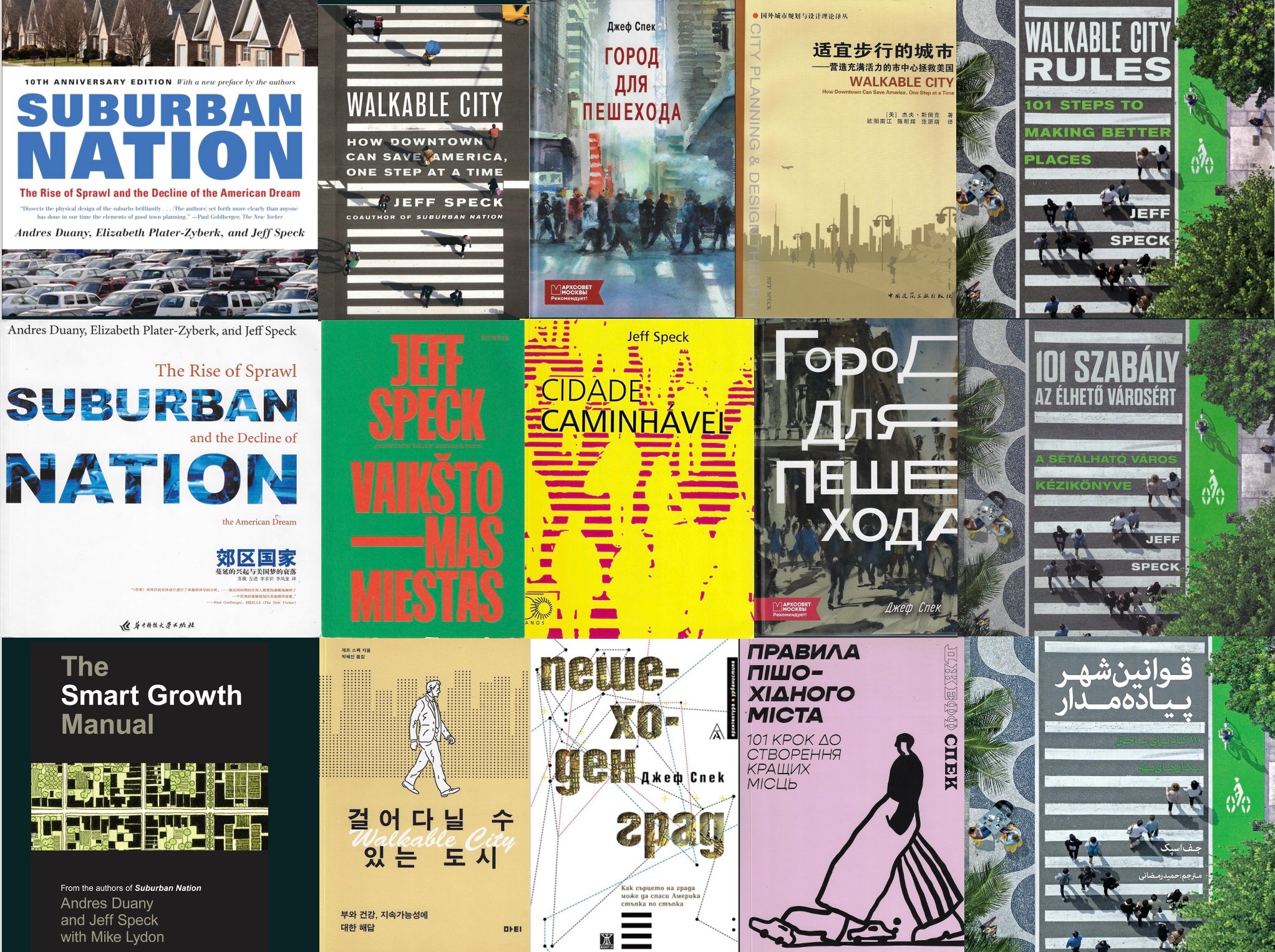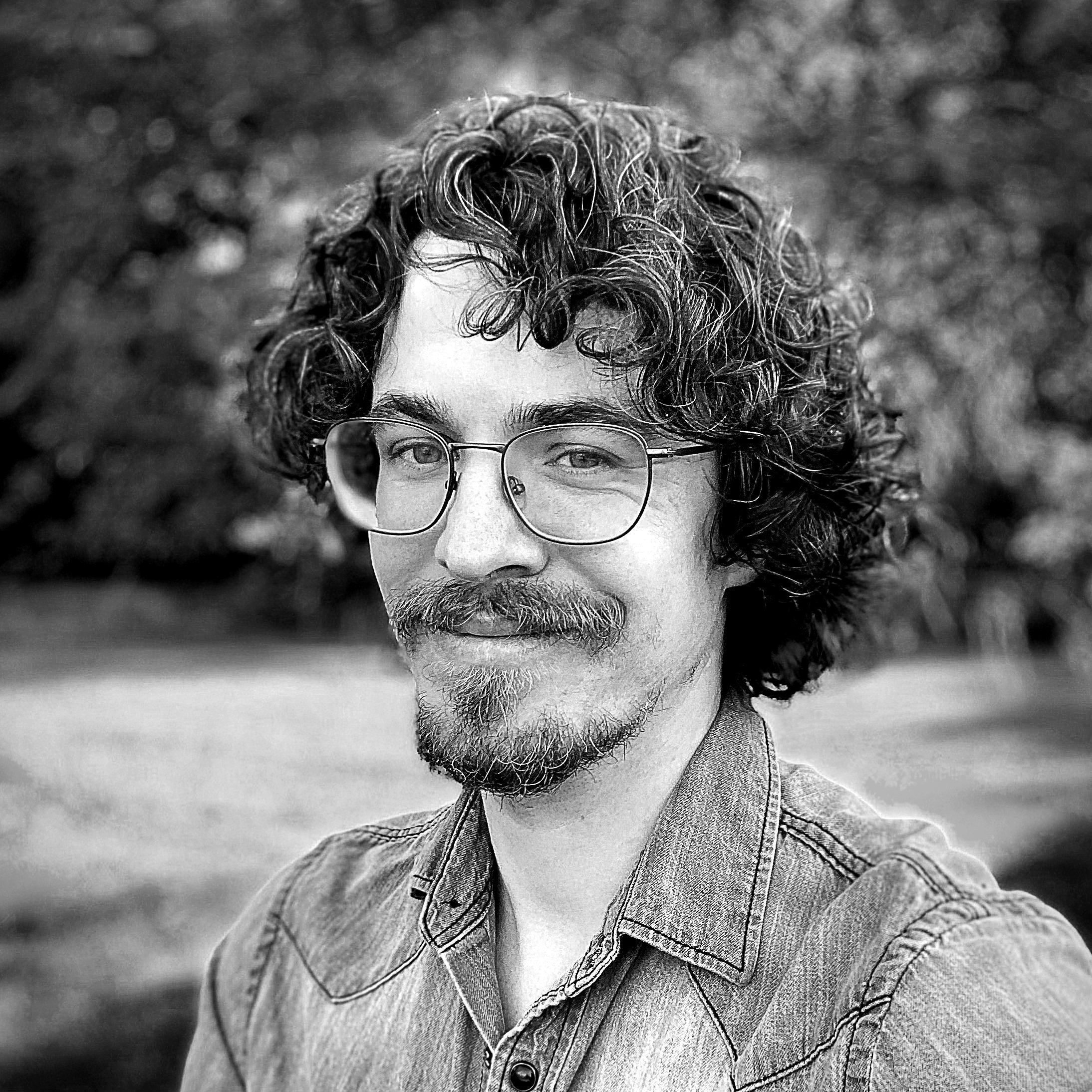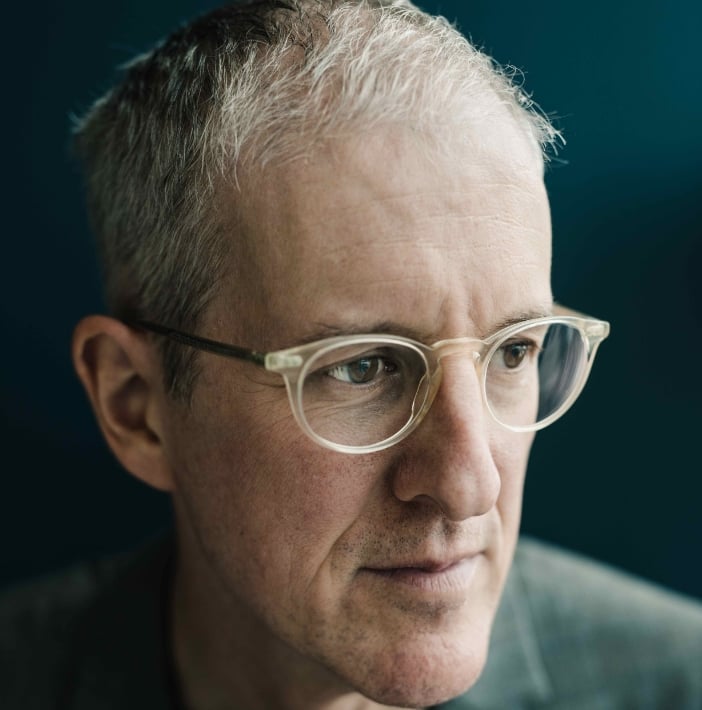
Modern cities are designed more for cars than for people. The result is that most Americans are forced to lead sedentary lifestyles in sprawling auto-centric communities that negatively impact their health, the climate, and the environment.
But it doesn’t have to be this way.
Jeff Speck is a city planner, urban designer, and author renowned for his advocacy of “walkability,” the idea that cities are healthier for both people and nature when they’re designed to be more easily traversed on foot. He is a prominent standard-bearer of New Urbanism, a school of thought in the urban design world that argues against the supremacy of the car and in favor of human-scale cities, with compact mixed-use neighborhoods, inclusionary zoning, interconnected trail networks, and robust public transit systems at their hearts.
Speck is most known for his popular 2012 book Walkable City: How Downtown Can Save America One Step At A Time, which last year had a 10th Anniversary re-release. The updated edition comes complete with several additional chapters that delve deeper into everything from America’s housing crisis to the enduring effects of COVID-19 on cities.
In the book, Speck expands on what he calls his General Theory of Walkability, which defines a good walk through a city as useful (essential amenities are within walking distance), safe (pedestrians are well protected from cars), comfortable (spaces are designed like “outdoor living rooms”), and interesting (sidewalks are lined with unique buildings and friendly faces).
“…we must understand that the walkable city is not a nice, idealistic notion,” Speck writes in the opening pages. “Rather, it is a simple, practical-minded solution to a host of complex problems that we face as a society, problems that daily undermine our nation’s economic competitiveness, public welfare, and environmental sustainability.”
Speck spends his time these days on the lecture circuit and offering urban design guidance to public officials from the helm of Speck & Associates, his Massachusetts based consultancy firm. Some of his other books include Suburban Nation: The Rise of Sprawl and the Decline of the American Dream, which he co-authored with Andres Duany and Elizabeth Plater-Zyberk, and Walkable City Rules: 101 Steps to Making Better Places. You can learn more about his ideas by watching one of his multiple TEDTalks or visiting his website.
Speck recently spoke over the phone with One-Key's Mike Anderson about what citizens and city planners can do to introduce walkability into their communities.
Here’s a transcript of the interview, lightly edited for length and clarity:
ANDERSON: So I just got home from a visit to Florida. One day while I was there, I went for a walk on the beautiful waterfront in Tampa, and later found out that you helped design part of it. Is walkability something that can be introduced in any city or do you find that certain ingredients need to already be in place, like Tampa's downtown waterfront, for example?
SPECK: For true walkability to be possible, what you need are pre-war bones or a fresh site.
There’s two fundamental ways of laying out land. If your city was developed prior to World War 2, chances are you have a.) mixed-use, and b.) small blocks. That’s really it. Mixed-use and a porous network of small blocks. That was the pre-war model.
What happened was, mid-century, what’s called the “dendritic model”—the branching model of highway to arterial, to collector to sub-collector, to local cul-de-sac to parking lot—was introduced, where the typical path from one thing to another is to exit the culdesac in your car, take the collector to the arterial, and the arterial to the highway, then do it all again on the other end.
So you have this much larger scale, lower-density, non-porous, dendritic system that is impossible to make walkable. Impossible.
(The prime byproduct of the dendritic model that Speck describes here is suburban sprawl, that all-too-familiar American mode of car-centric living characterized by vast strip-malls and unwalkable subdivisions of single-family dwellings. For more information on suburban sprawl, check out our previous article “Suburban Sprawl: 5 Causes & 6 Tactics to Combat It.”)
ANDERSON: Are suburbs doomed or is it possible to retrofit them with walkability to make them healthier places for people and the environment?
SPECK: We do a lot of work in [suburban] areas because we can either make them safer by focusing on crossings, intersections, bike facilities, or other things. Or we can find locations within that sprawl that can either be built or rebuilt as community centers. There’s been a lot of efforts to replace malls and office parks with mixed-use networked communities. We’ve done that and we keep doing it.
There’s also been a number of greyfield or brownfield sites located within suburban areas that have been remade according to this model. There are dozens of examples around the US, and there’s a wonderful book called Retrofitting Suburbia that shows a bunch of them.
The suburbs themselves are not hopeless, but unless you can get a big chunk of land that’s big enough to make a center—which could be as little as 30 acres—then the best you can do is make it safer. You can be surprised and find little kernels of prewar urbanism that are fixable.
There’s a nice development called CityCentre in Houston, which is in the geographical center of the city, but not the downtown at all. It’s a new mixed-use center in the middle of pure automotive sprawl. And it’s a wonderful thing. It doesn’t have a lot of regional impact but it provides the walkable lifestyle to those people who visit it and park once to do a bunch if different things, or—importantly—to the people who work and live there.

ANDERSON: What do you have to say to critics who argue that walkability is nice in theory but in practice amounts to an extravagance of gentrification that is only attainable in wealthier communities that can afford to invest in themselves?
SPECK: It’s a valid criticism of all city planning, which is about making places better. And when you make places better, or even just safer, they become more valuable, and that value is reflected in land values and rents. And therefore, there is a risk of gentrification whenever you try to make a place better, even if that better is just stopping people from dying on the streets.
There’s the example of Queens Boulevard in Queens, New York, where hundreds of people died, and they finally spent $4 million to make the streets safer, and then nobody died. That’s planning. It’s also going to invite gentrification. Should we not do it?
But it is a valid concern—is walkability just for the rich? The answer is that because people value walkable places so much, and because they’re relatively rare in this country, then they’re going to continue to be over-valued and potentially exclusive, until we make enough of them that they’re normal.
ANDERSON: In your books, you lay out some great recommendations for city planners. What courses of action would you suggest for average citizens who want to improve the communities they live in?
SPECK: People often ask me, “what can I do?” There are so many things that people are doing.
The first thing you see people doing the most, I would say, is fighting for safer streets in their own communities. Activities in that category range from contacting your elected representatives, showing up at hearings, writing petitions, and proposing solutions. It ranges all the way to tactical urbanism—which is one of the last rules in Walkable City Rules—where you just go in with a “swat” team and illegally make the street changes that you want to see. There’s also more state-sanctioned tactical urbanism, where the community will get together and paint a beautiful mural in the middle of an intersection and use paint to tighten the corners. That can really have an impact on how the city moves.
The other thing you see a lot of, and it’s just wonderful, is that in any community at any given time there’s probably a major development that’s having a hearing. As a planner, I’m often at these hearings, and I’ve noticed that the tide has turned.
Typically, in a hearing like this, you’d get the developer and the friends of the developer speaking on behalf of the project, and then you get the NIMBYs…who show up with their own particular, localized concerns….Typically those two groups duke it out.
What I’ve seen recently in the somewhat anti-growth town of Newton, Massachusetts—a wealthy suburb of Boston—is that a third group would show up that had no particular interest in the project, who were just activists for housing and multi-modal transportation. Bike activists, rail activists, bus activists, and housing activists…and they’re the ones who would tip the scale in favor of the project.
That’s what you can do if you care about these issues.
ANDERSON: The walkable city is one of many different visions for the ideal city of tomorrow. Another popular future city scheme that’s captivated people’s imaginations in recent years is the “smart city”—techno-utopian metropolises bristling with IoT sensors and AI automated system. What are your thoughts on the idea of the smart city?
SPECK: People, worry, and I'm one of them, about the smart city being the city of surveillance. I'm all for the Internet of everything if it connects trash cans to garbage pickup, etc. I'm more skeptical when it comes to optimizing the human environment through AI.
I am skeptical of any new city that tries to re-invent what the city is. Cities evolved over 10,000 years alongside mankind, and they contain a spooky wisdom that we don't fully understand. The idea that any human or team of humans can invent something better is preposterous.
ANDERSON: Besides your own work, do you have any books, podcasts, or TV shows you’d recommend for people who are interested in learning more about cities and urban design?
SPECK: It’s intentionally controversial but there’s a wonderful podcast called “The War On Cars.” It’s basically three New Yorkers talking about how we can stop making it normal to use a car for everything. That’s an excellent resource.









